Prime Days are here! (July 16 and 17). Here are some products that I think are great for ADHDers and people with executive function struggles. Many are kid related – back to school is not too far away – but a few are for adults and/or kids. Happy Shopping!
POPRUN Magnetic Weekly Dry Erase Calendar
What makes this particular dry erase calendar a favorite? I love that you can write in the times of day on the left side. This enables you, and your family, to see exactly how the day will look. Dentist from 3pm to 4pm? It’ll be blocked out. White space? Ah, that’s free time! Helping those with time blindness actually see time is such a benefit. https://amzn.to/4bLKFLe
Essex Wares Classroom Pocket Chart
I’m harkening back to my teaching days to recommend this pocket chart. This is a great tool to use for morning or evening routines – list the steps (or better yet, take pictures of your child completing the steps), and when they finish each task, they can turn the card over. Kind of low tech, I know, but that tactile zing one gets when turning over that card is very satisfying! Adults can use it too, it’s great for tasks with a few or several steps that are completed (when we remember) over time – yes, laundry, I’m looking at you! https://amzn.to/3zKojwq
Storage Cubes with Windows and Hooks
And speaking of laundry…it’s possibly the biggest challenge I come across the most with my clients. Hate doing it, hate starting it, can’t move clothes from washer to dryer….and the biggest issue, putting the clothes away. I’m a big believer in making the system work for you, not the other way around. So, two ideas: first, put hooks in your closet, and use them for items that you’d like hung up, but loathe the thought of putting them on hangers. And second, does everything need to be folded? Nope! Underwear, socks, maybe tee shirts and workout clothes, can all just be tossed into one of these fabulous storage cubes. The window lets you see what lives there. It also enables a heads up as to when you are running out of underwear. https://amzn.to/4cIbAJp https://amzn.to/3LohhAb
Weewooday Cube 15-20-30-60 Flip Timer
A fun variation on the kitchen timer, this flip cube gives you four minute options. Just flip it to the time you want, and off it goes. Great for “Can I have 15 more minutes, Mom?” as well as “I need to leave in 30 minutes.” Comes in several colors, I just like the pink 🙂 https://amzn.to/4f5Tker

Kick Bands
These bands are awesome for kids – and adults – who are more focused when they are performing some type of movement (studies have shown this to be an effective strategy for ADHDers). Simply place the band around the legs of any chair, and you’ve created a spot for quiet, unobtrusive foot bouncing. These have been used in classrooms for ages. Is it time to get some for homework time? Or meal times? https://amzn.to/3xPYb2O
Blue Ginkgo Multipurpose Caddy Organizer
While it’s helpful for your child to have a specific area in which to do homework (or for you to have a home office that you can use consistently), there are times when a refresh can be helpful (she says as she types this in her husband’s office). Having the basic supplies in a caddy that can be carried easily makes that transition from the bedroom to the kitchen table quick and painless…with less time to get distracted. https://amzn.to/4d3lyVn


Paperage Lined Journal Notebook
Last but not least, a reasonably priced lined notebook. This can be used for…anything, really. A bullet journal, to do list, doodling space, gratitude journal, meeting notes. I have one that I use as a gratitude journal, and one that I use as my brain dump, a parking lot for everything in my head until I move it to my more actionable task app. Comes in tons of colors, the paper is smooth, and at this price, no guilt if you change up your task management plan. https://amzn.to/3xZg8f9
What items do you find are indispensable? I’d love to hear from you!
Disclosure: I am an Amazon Associate, and have an affiliate relationship with Amazon.

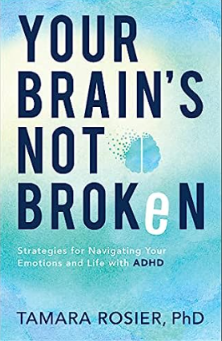 Your Brain’s Not Broken – Tamara Rosier
Your Brain’s Not Broken – Tamara Rosier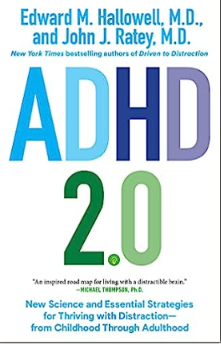
 how to keep house while drowning – KC Davis
how to keep house while drowning – KC Davis 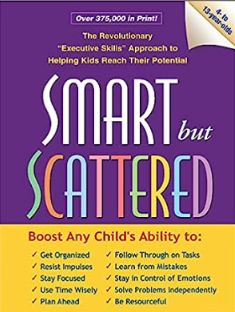
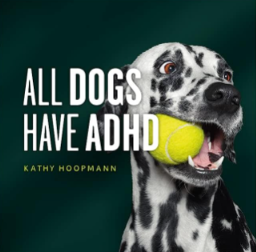 All Dogs Have ADHD – Kathy Hoopmann
All Dogs Have ADHD – Kathy Hoopmann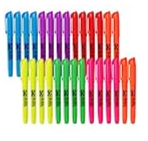 Mr. Pen Highlighters
Mr. Pen Highlighters 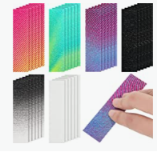 Textured Tactile Adhesive Sensory Strips
Textured Tactile Adhesive Sensory Strips 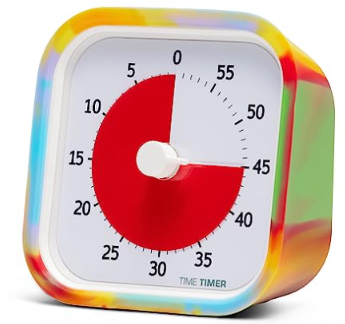 The Time Timer
The Time Timer
 Uppower Essential Oil Diffuser
Uppower Essential Oil Diffuser Radha Lavender Essential Oil
Radha Lavender Essential Oil